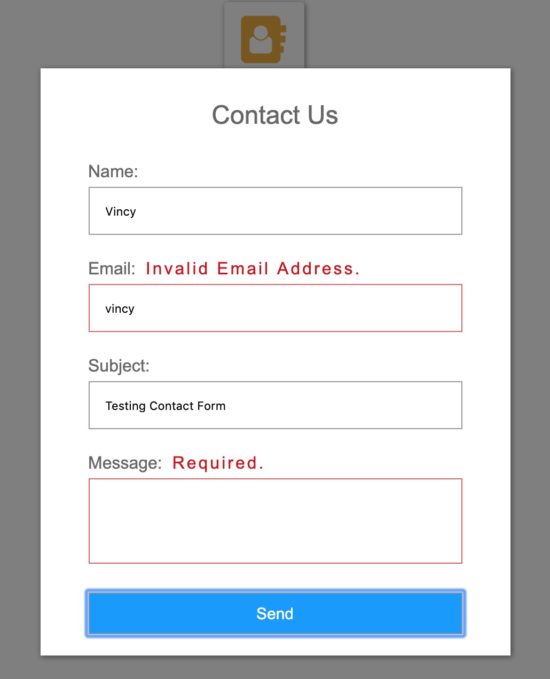

So browsers had to introduce many limitations to forbid the code like that and protect the user from ads and evils pages. The intention is to “lock” the user within the window. When a user attempts to switch out of the window ( window.onblur), it brings the window back into focus. And there are also focus/blur events that allow to catch the moment when the visitor focuses on a window and switches elsewhere.Īlthough, in practice they are severely limited, because in the past evil pages abused them. Theoretically, there are window.focus() and window.blur() methods to focus/unfocus on a window.

elem.scrollIntoView(top = true) Scroll the window to make elem show up at the top (the default) or at the bottom for elem.scrollIntoView(false). win.scrollTo(x,y) Scroll the window to the given coordinates (x,y). win.scrollBy(x,y) Scroll the window x pixels right and y down relative the current scroll. We already talked about scrolling a window in the chapter Window sizes and scrolling. Move/resize methods do not work for maximized/minimized windows. These OS-level functions are hidden from Frontend-developers. JavaScript has no way to minify or maximize a window. Let’s open a window with minimal set of features, just to see which of them browser allows to disable: There is also a number of less supported browser-specific features, which are usually not used.
#Popup window html windows#
A bad page could open tons of popup windows with ads. In the past, evil sites abused popups a lot. A popup can navigate (change URL) and send messages to the opener window.So opening a popup from a third-party, non-trusted site is safe. A popup is a separate window which has its own independent JavaScript environment.for OAuth authorization (login with Google/Facebook/…), because: Still, there are tasks where popups are still used, e.g. So, popups is not something we use everyday.Īlso, popups are tricky on mobile devices, that don’t show multiple windows simultaneously. As of now, there are other ways to do that: we can load content dynamically with fetch and show it in a dynamically generated. The initial idea was to show another content without closing the main window. Most modern browsers are configured to open url in new tabs instead of separate windows. Var shade = document.getElementById('shade') ĭocument.getElementById('start').…And it will open a new window with given URL. Var modal = document.getElementById('modal')


 0 kommentar(er)
0 kommentar(er)
